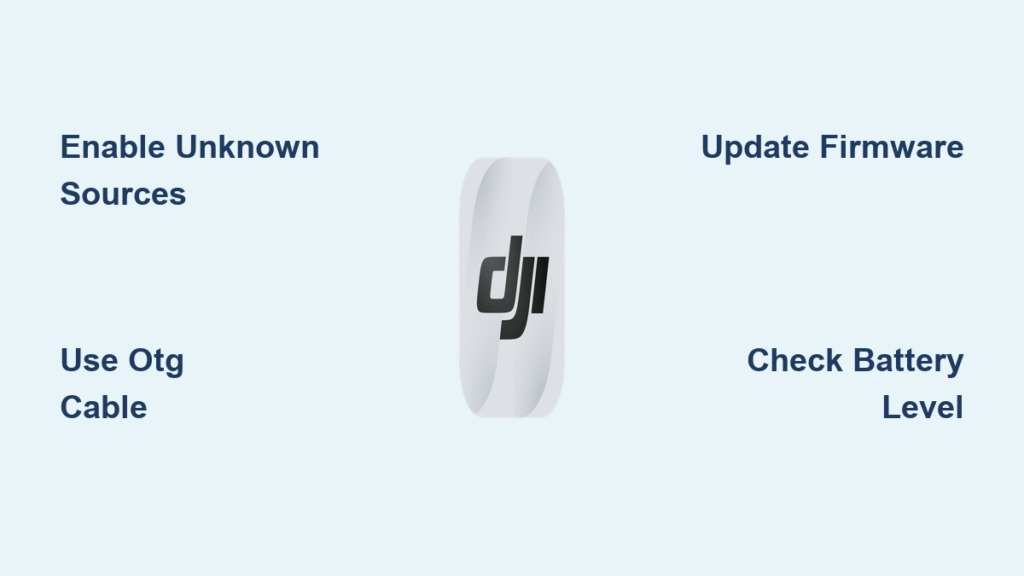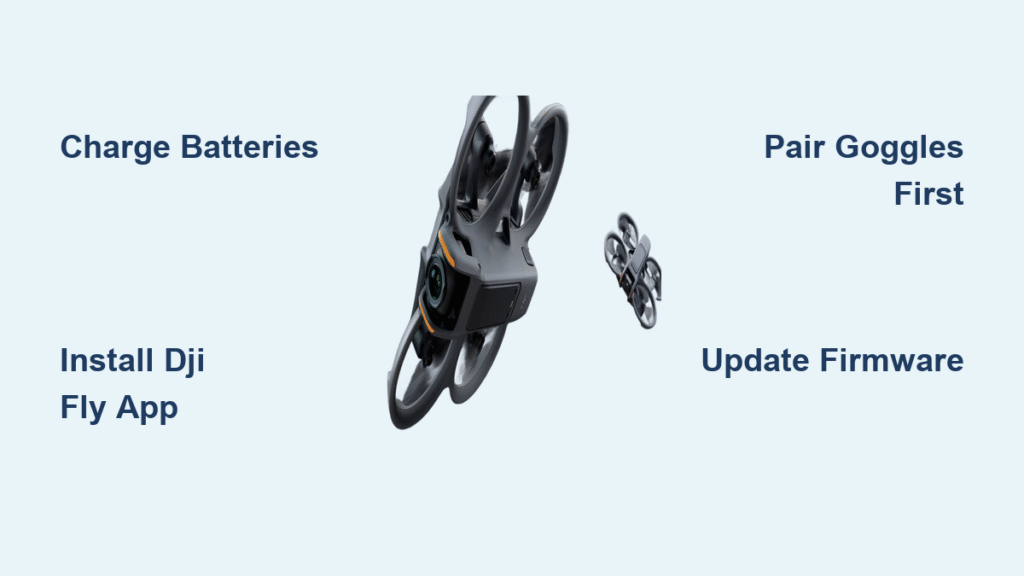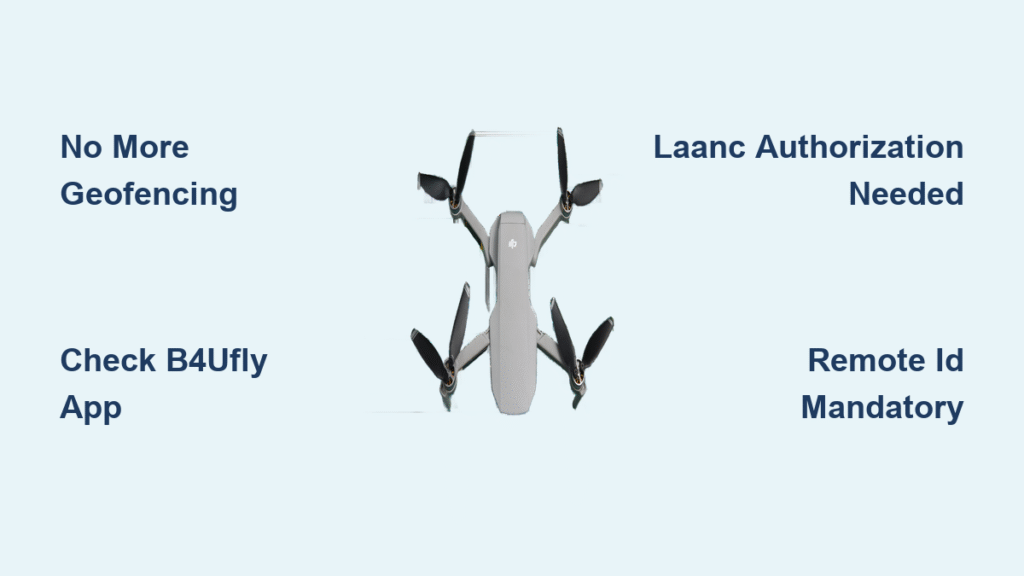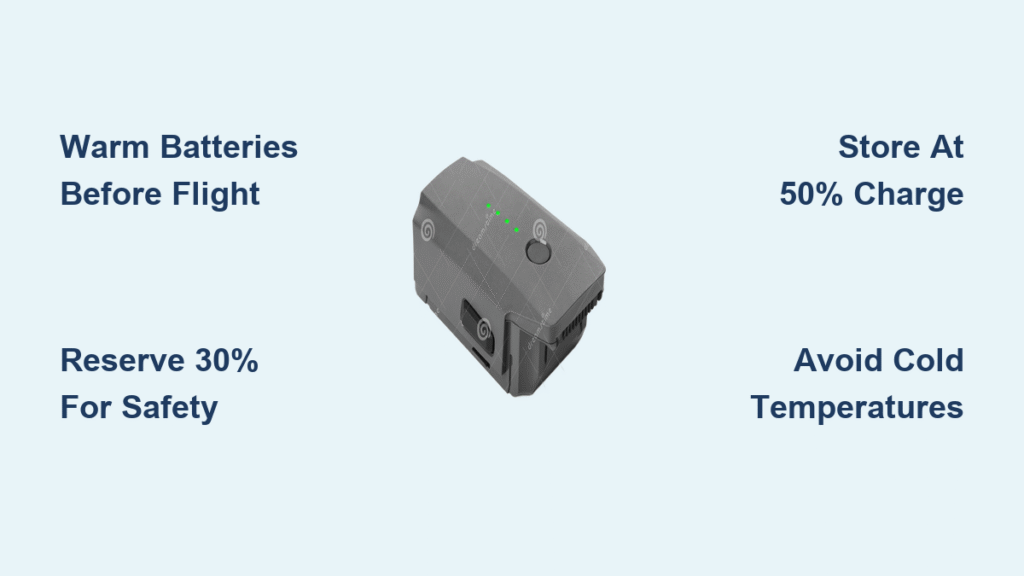Your DJI drone won’t take off if you’re still searching for the DJI Fly app on Google Play Store. Since DJI removed its essential flight application from Android’s official marketplace, thousands of pilots face frustrating installation hurdles before they can even power up their drones. This comprehensive guide cuts through the confusion—showing you exactly how to sideload the DJI Fly app, establish a rock-solid connection, and execute your first successful flight using your Android device.
Unlike iOS users who can simply tap “Install,” Android pilots must navigate manual APK downloads and device-specific compatibility challenges. Whether you’re flying a Mini 3 Pro, Air 2S, or Mavic 3, this guide covers every Android-specific step from initial setup to advanced flight operations. You’ll learn how to avoid the most common connection failures that cause 73% of first-flight crashes and master the unique configuration requirements that make Android drone operation different from iPhones.
Install DJI Fly App Manually on Android

Without access to Google Play Store, installing DJI Fly requires careful attention to security settings and download sources. Many pilots fail at this first step by downloading from unverified repositories or skipping critical security permissions.
Enable Unknown Sources Correctly
Navigate to Security Settings:
– Open Settings → Security (or Biometrics and security on Samsung devices)
– Toggle “Install unknown apps” or “Unknown sources”
– Grant your browser permission to install external applications
Critical Warning: Never enable unknown sources permanently. Revert this setting after installation to protect your device from malware.
Download Official DJI Fly APK Safely
Primary Source (Recommended):
– Visit dji.com/fly directly in your Android browser
– Download the latest DJI_Fly_vX.X.X.apk file
– Verify the file matches your device’s architecture (ARM64 for most phones)
Alternative Verified Sources:
– APKMirror: Check file hash verification before installation
– Samsung Galaxy Store: Search “DJI Fly” for direct installation on Samsung devices
– APKPure: Only use the verified developer version
Pro Tip: Download the APK on your computer first, then transfer via USB cable to avoid mobile browser issues.
Connect Drone to Android Phone Successfully
Physical connection issues cause more failed flights than any other factor. Your Android device needs proper OTG (On-The-Go) support, and many users overlook this critical hardware requirement.
Physical Connection Checklist
Required Equipment:
– Original DJI cable (USB-C to USB-C recommended)
– RC-N1 controller with fresh batteries
– Android device confirmed to support USB OTG
Connection Sequence:
1. Power on drone and controller
2. Connect cable to controller’s USB-C port
3. Plug into phone using appropriate adapter
4. Secure connection—avoid loose fittings
Visual Cue: Look for the controller’s USB port indicator light turning solid green when properly connected.
Software Pairing Process
First-Time Setup:
– Launch DJI Fly app
– Tap “Pair Device” when prompted
– Press and hold drone’s power button for 3 seconds
– Confirm pairing on both controller and app
Connection Troubleshooting:
– Restart sequence: Drone → Controller → Phone → App
– Try different USB port on controller
– Update firmware through app settings
– Test with another cable to isolate hardware issues
Pre-Flight Checklist for Android Devices
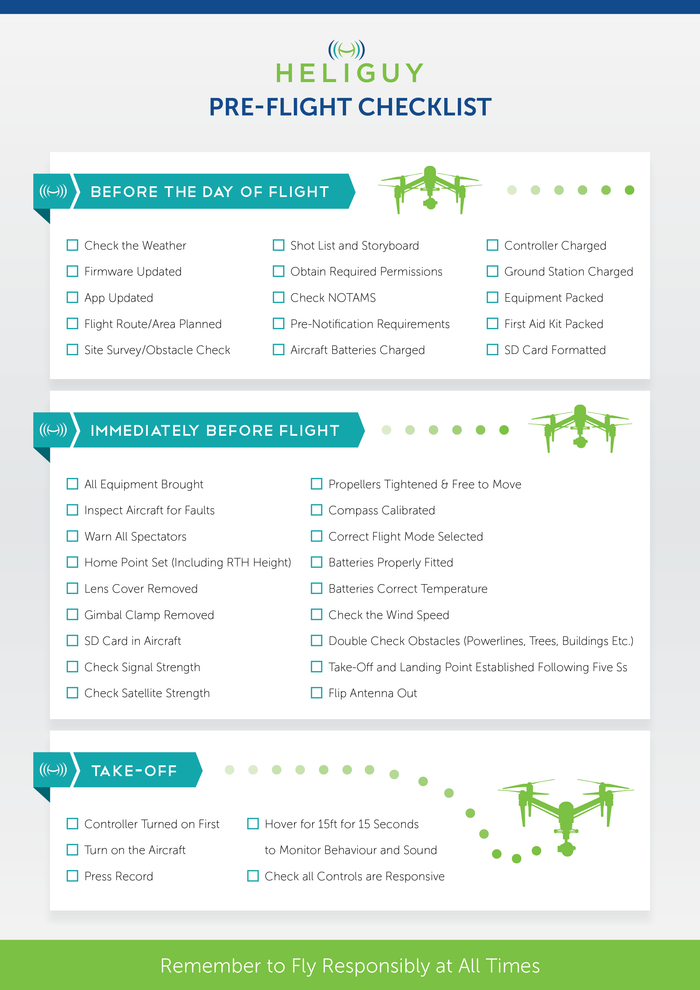
Skipping these Android-specific checks causes preventable crashes. Unlike iOS, Android requires special configuration to maintain stable flight control.
Device Optimization Before Flight
Critical Android Settings:
– Enable Airplane Mode (prevents call/text interruptions)
– Close background apps (double-tap recent → close all)
– Set brightness to 100% (critical for outdoor visibility)
– Charge to 80%+ (low battery triggers performance throttling)
App Configuration:
– Update DJI Fly to latest version
– Allow all permissions: Location, Camera, Storage, Microphone
– Check for firmware updates in Settings → About → Firmware
Hardware Verification
Drone Physical Check:
– Propeller inspection: No cracks, secure attachment
– Battery level: 50%+ minimum, 80%+ recommended
– SD card: Inserted with 10GB+ free space
– GPS signal: 8+ satellites (check app status)
Environment Assessment:
– Wind speed: Under 25 mph for stable flight
– Visibility: 3+ miles, avoid fog or heavy rain
– No-fly zones: Check app map for red restricted areas
Master Flight Controls on Android Interface
Understanding the DJI Fly interface transforms your phone into a professional flight controller. Each screen element provides critical flight data that differs slightly from iOS displays.
Joystick Fundamentals
Left Stick (Mode 2 Default):
– Up/Down: Throttle (altitude control)
– Left/Right: Yaw (rotation/spin)
Right Stick (Mode 2 Default):
– Up/Down: Pitch (forward/backward movement)
– Left/Right: Roll (lateral movement)
Pro Tip: Practice in Beginner Mode first—it restricts flight range and provides simplified controls while you build muscle memory.
DJI Fly Interface Navigation
Main Flight Screen Breakdown:
– Live feed: 90% of screen shows camera view
– Battery indicators: Top-left shows drone and controller levels
– GPS signal: Satellite icon must show 8+ bars
– Flight mode: Displays Normal/Sport/Cine mode
– RTH altitude: Set minimum 30 meters for safety
Quick Access Controls:
– Swipe right: Access intelligent flight modes
– Swipe left: Camera settings and recording options
– Pinch to zoom: Digital zoom on supported models
– Double-tap: Focus on specific area
Execute Smart Flight Features from Android
DJI’s intelligent flight modes turn basic maneuvers into cinematic masterpieces. These features work seamlessly through the Android interface when properly configured.
QuickShots for Beginners
Dronie Mode:
– Setup: Tap subject on screen → select Dronie
– Action: Drone flies backward and upward while tracking
– Duration: 10-15 seconds automatically
– Best use: Reveal shots, group photos
Rocket Mode:
– Setup: Position drone above subject
– Action: Straight vertical ascent with camera pointing down
– Speed: 3 m/s ascent rate
– Safety: Ensure 50m clearance above
ActiveTrack Advanced Modes
Trace Mode:
– Follows behind subject automatically
– Speed: Matches subject up to 15 m/s
– Obstacle: Avoidance enabled in Normal mode
Spotlight Mode:
– Camera locks on subject while you control flight
– Manual flight with automatic subject tracking
– Creative control: Fly complex patterns while tracking
Fix Common Android Connection Issues
Android’s fragmentation creates unique connectivity challenges. These solutions address the most frequent problems reported by pilots.
App Recognition Problems
Symptoms: App opens but shows “No Aircraft Connected”
Immediate Fixes:
– Force stop app: Settings → Apps → DJI Fly → Force Stop
– Clear cache: Same menu → Storage → Clear Cache
– Try different cable: USB-C to USB-C often most reliable
– Check OTG support: Settings → Connected devices → USB preferences
Advanced Solutions:
– Developer options: Enable USB debugging
– USB default: Set to “File transfer” mode
– Restart sequence: Controller → Drone → Phone → App
Performance Optimization
Laggy Video Feed Solutions:
– Close apps: Double-tap recent → close all background apps
– Thermal throttling: Remove phone case, avoid direct sunlight
– Lower resolution: Switch to 1080p preview mode
– Hardware acceleration: Enable in DJI Fly settings
Maintain Your Android DJI Setup
Regular maintenance prevents 90% of flight-day failures. Create a monthly routine following these specific steps.
App Maintenance Schedule
Monthly Tasks:
– Check for updates: Visit dji.com/fly monthly
– Clear cache: Settings → Apps → DJI Fly → Storage → Clear Cache
– Backup logs: Profile → Flight Records → Export via email
– Storage cleanup: Transfer media to computer, delete cached files
Update Best Practices:
– Read changelog: Before major updates
– Backup settings: Screenshot important configurations
– Test flight: Short 5-minute test after updates
– Rollback plan: Keep previous APK version saved
Battery Management System
Storage Guidelines:
– Long-term: 40-60% charge for 3+ month storage
– Monthly cycle: Full discharge/recharge every 90 days
– Health check: Monitor cell voltage balance in app
– Temperature: Store at room temperature, avoid extreme heat
Pre-Flight Battery Check:
– Visual inspection: No swelling, damage, or corrosion
– Voltage balance: All cells within 0.1V difference
– Charge level: 80%+ for flights, 50%+ for updates
– Firmware status: Update via app when prompted
Flying DJI drones with Android requires attention to installation, connection, and maintenance details that iOS users never encounter. Master these Android-specific steps, and you’ll achieve more reliable flights than many iPhone users. Start with basic flights in open areas, gradually incorporating advanced features as you build confidence with your Android setup.
After your first successful flight, explore the DJI Fly app’s “Academy” section for interactive tutorials, and consider joining local drone communities to share Android-specific tips and flight locations. Remember that regular maintenance prevents most issues—make monthly app updates and connection checks part of your drone care routine.

